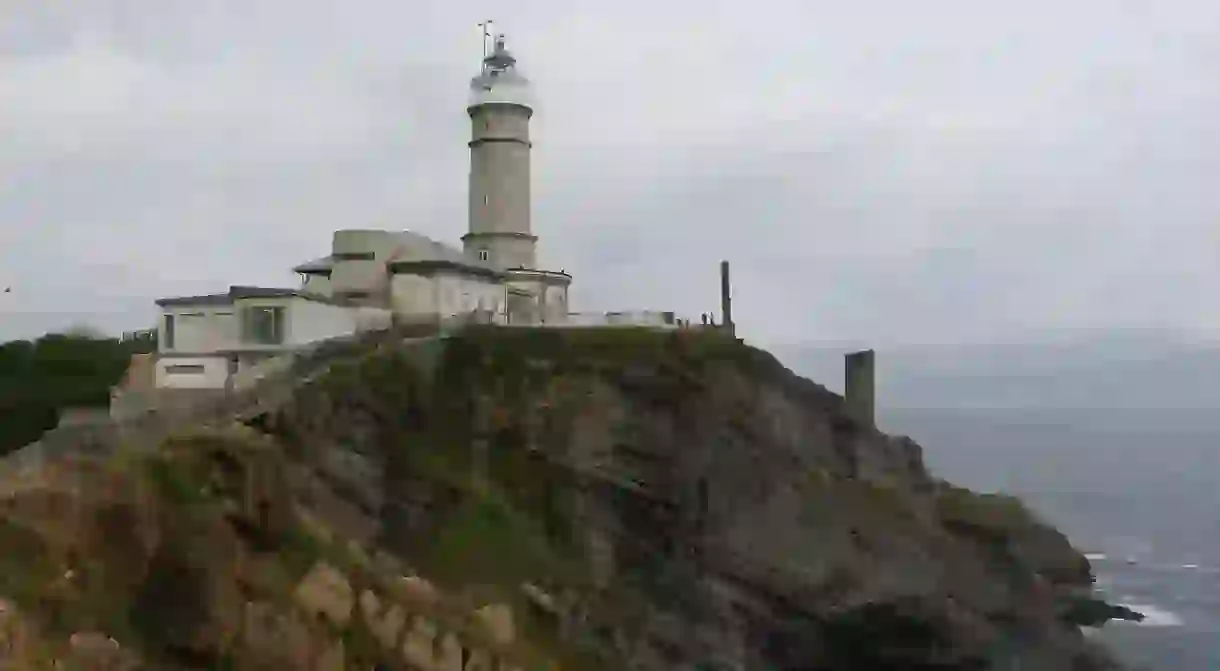What to Do on a Rainy Day in Santander

The Spanish city of Santander is the capital of the region of Cantabria and sits on the central northern coast. Because of its location, the weather is not always what you might expect for Spain and rain can be common. Here’s what to do on a rainy day in Santander.
Maritime Museum of Cantabria
Museum

If you don’t want to get wet but still find out all about the waters surrounding the city of Santander, then the Maritime Museum of Cantabria is a great choice. The city has a strong relationship with the sea and an important maritime heritage. Exhibits here feature everything from natural history and archaeology to ethnology, shipbuilding and cartography. Some of the exhibits date from 1790-1978 and were originally housed in the Nautical School of Santander.
Centro Botín
Art Gallery

Santander’s newest attraction, the Centro Botín is an excellent place to spend a wet afternoon in the city. A modern arts centre, it’s housed in a futuristic-looking spaceship-like building and focuses on contemporary arts. Here you can spend the drizzly afternoon browsing the fascinating exhibits of video, photography, painting and sculpture. Artists whose work is displayed here include Carlos Garaicoa, Mona Hatoum, Joan Jonas, Jannis Kounellis and Julie Mehretu.
El Muelle
Restaurant, Spanish

If it’s still raining when you’ve finished at the museum, head down to the El Muelle restaurant. It’s a gourmet space, where you can eat while enjoying views over the Gardens of Pereda, the sea and the Santander Bay. You can enjoy everything from plates of tapas including homemade ham croquettes, bowls of steamed mussels and plates of crispy calamari. It’s also an excellent spot for gourmet avant-garde dinners and delicious freshly baked breakfasts.
Museum of Prehistory and Archaeology of Cantabria
Museum

The Museum of Prehistory and Archaeology of Cantabria is sure to keep you dry for a few hours and teach you a lot about the history of the area too. It features a variety of objects and displays, mainly from the years between the Upper Palaeolithic era and the Iron Age. There are also Roman items from the town of Castro-Urdiales and an ivory belt buckle from the Santa María de Hito archaeological site.
Catedral de Santander
Cathedral

Duck inside one of the most impressive buildings in the city to get away from the rain. The Santander Cathedral was originally built in the 13th century, although the upper part of the cathedral dates from the 14th century, and the cloisters were built in the 15th century. Head inside to see the tomb of the writer, literary critic and historian Menéndez Pelayo.
Mercado La Esperanza
Market

Santander’s main market, the Mercado de la Esperanza is an ideal spot for shopping for local products to take back home with you, as well as for seeking shelter from the rain. It opened for the first time in 1904 and was designed by the architects Eduardo Reynals and Juan Moya. Built from stone, iron and glass, it comprises around 80 stalls, selling everything from meat and fish to fresh vegetables and cheeses.
Palacio de la Magdalena
Building

The large Magdalena Peninsula is not ideal in the rain, but if you find yourself here and want somewhere to keep dry – the magnificent Palacio de la Magdalena is a great option. It’s become somewhat of a symbol of the city and was built between 1908 and 1912. One of the best examples of this style of architecture in the whole of northern Spain, the palace was used as a summer residence for the Spanish royal family between 1913 and 1930. It is used today for grand events and is also open to visitors.













